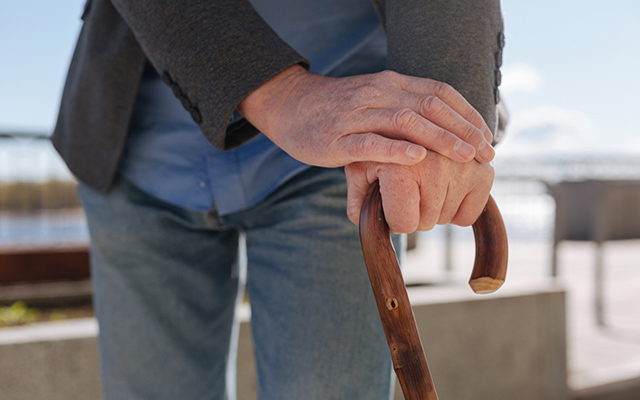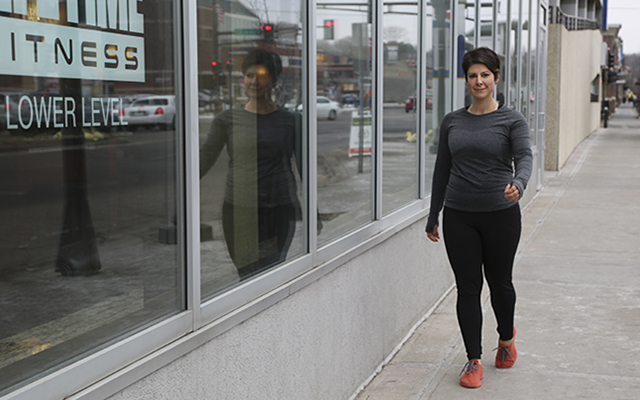Gravity is a force to be reckoned with here in Geezerville. And I’m not just talking about sagging jowls and drooping pectorals. As a tottering group, we seniors tend to slip, stumble, topple, and otherwise crash to the ground with alarming regularity. It happens about every 11 seconds, according to the Centers for Disease Control and Prevention. And every 19 minutes, one of us flops fatally.
There are reasons for this that go beyond well-waxed kitchen floors or cluttered staircases. As we age, our feet and legs begin to lose their ability to automatically sense — and correct — moments of imbalance, forcing us to rely more heavily on visual cues to stay upright. A University of Waterloo study released earlier this month reported that it took twice as long for participants over 60 to realize they were falling when compared with young adults.
“Falling threatens one’s survival,” said lead study author Michael Barnett-Cowan, PhD. “When the nervous system’s ability to detect a fall and compensate with protective reflexes diminishes, the risk of injury or death increases significantly.”
Gerontologists have spent decades trying to figure out how to help us geezers remain upright with little success. And while the latest efforts do not inspire much confidence, they do reinforce my appreciation for any seniors willing to place themselves at the mercy of modern scientific inquiry. You couldn’t pay me enough to persuade me to walk on a moving treadmill while under the influence of some variation of virtual-reality goggles to determine whether I could retain verticality.
But that’s what a group of geezers did earlier this year under the direction of a research team from the University of North Carolina at Chapel Hill and North Carolina State University. The researchers used a treadmill and a virtual-reality setup to make participants feel like they were losing their balance. Scientists then tracked how their muscles responded. “We were able to identify the muscles that orchestrate balance corrections during walking,” explained Jason Franz, PhD, an assistant professor of biomedical engineering. “We also learned how individual muscles are highly coordinated in preserving walking balance. These things provide an important roadmap for detecting balance impairments and the risk of future falls.”
The study’s results were published in Scientific Reports.
Earlier research at American Friends of Tel Aviv University employed a similar approach to measure the response among elderly participants with cognitive impairment and Parkinson’s disease. The study, published in The Lancet, noted that the group that was willing to risk life and limb during the combined treadmill-VR experience subsequently reported about half as many falls as the (also intrepid) folks who only walked on the treadmill.
“Treadmills are widely available, and the additional cost of treadmill training plus virtual reality is only about $4,500,” said study coauthor Anat Mirelman, PhD. “The low cost could permit this approach to be widely used in various settings.”
Thanks, but I think I’ll pass. The closest I’ve come to toppling over in recent years (if you don’t count bicycle crashes) occurred while on a treadmill. And when it comes to reality, I prefer the real thing. So, I’ll just continue putting one foot in front of the other and try to keep our staircase free of tripping hazards.




This Post Has 0 Comments